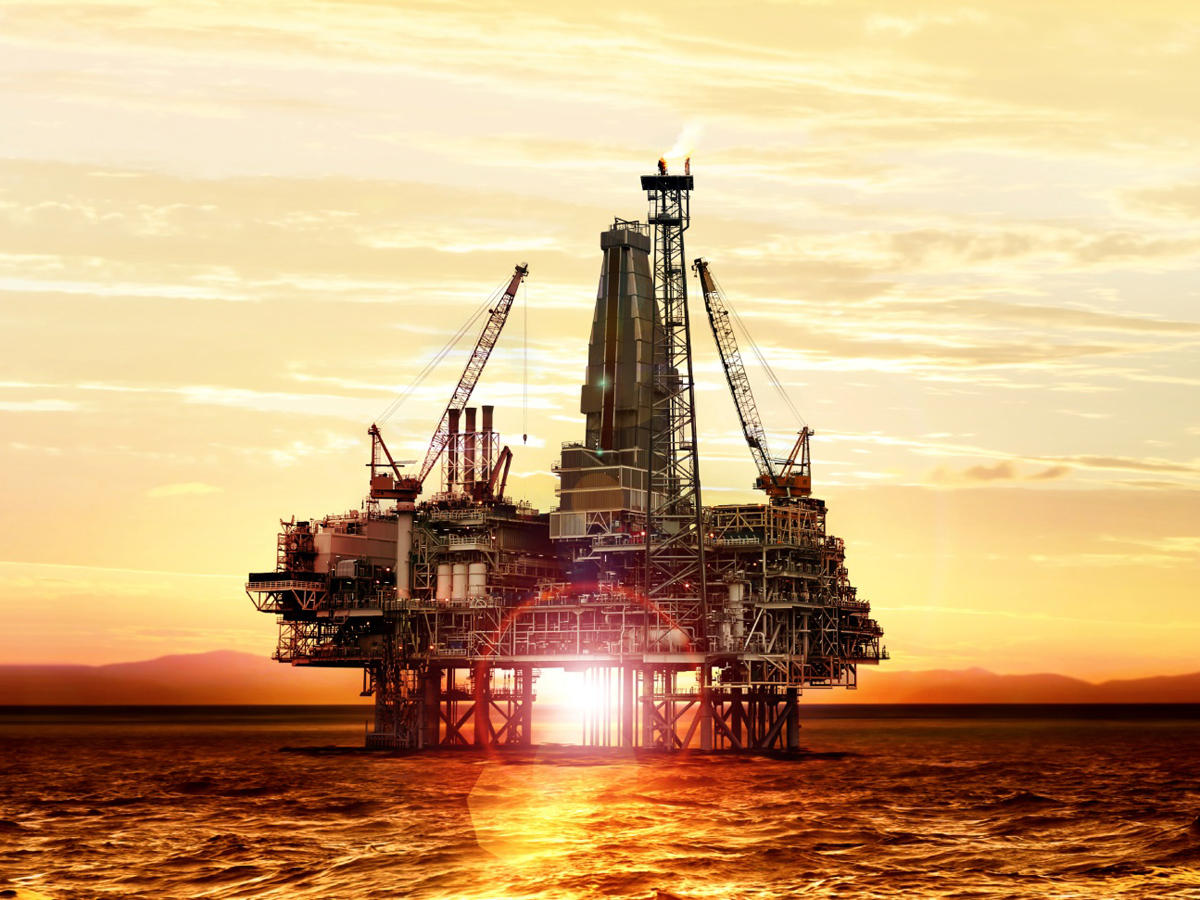Iran eyes to invest billions into its offshore oil fields

By Trend
The Iranian Offshore Oil Company (IOOC), which shares one third of the country’s oil export, eyes to receive permission to attract $5 billion of investment to accelerate its development projects.
Hamid Bovard, the IOOC managing director, said Sept. 17 that besides the permisson issued to attract $1.8 billion of investment, the investment ceiling permission can be increased to $5 billion.
The IOOC operates on the Iranian side of the Persian Gulf and Oman Sea. Sorush, Nowruz, Hendijan, Bahregansar, Abouzar, Dorood, Foroozan , Alvand, Nosrat, Sivand, Dena, Esfand, Salman, Resahdat and Belal are among IOOC's main oil fields in the Persian Gulf.
The company has recently prepared an investment package to offer various projects through finance contracts including EPCF and EPDF for a four year period.
Increasing the recovery rate of Salman, Foroozan, Reshadat, Dorood, Aboozar oil fields is also included in the package.
Reimbursement of project costs will be materialized through 50 percent of project revenues over a six-year period.
Salman oil field:
Salman is a joint field between Iran and the United Arab Emirates, located 144 kilometers south of Lavan Island, with 4.248 billion barrels of oil in place.
Though Iran hasn't specified the estimated final production level, but currently the country produces 47,000 barrels per day from three layers of this field, while it's expected to increase this volume to 70,000 barrels per day.
Currently 4 production platforms, one wellhead platform, 2 gas lift platforms, one process platform and 2 quarter platforms exist in this field, 43 producing and 13 water injection wells are active. Some 1.7 billion barrels of oil have been produced from this field.
Salman field has near 50 oil wells and 10 water injectors, its process capacity is 220,000 barrels of oil, transferred to Lavan Island by a 22-inch offshore pipeline.
Foroozan oil field:
The field located 100 kilometers, southeast of Kharg Island, is shared between Iran and Saudi Arabia. Iran's share in total reserves of the field is about 11 percent. Foroozan contains 3.432 billion barrels of in-situ oil reserves.
Currently 27,000 barrels of crude per day are produced from 66 wells of six layers of this field. The oil of this field is transferred to the onshore installations via 20-inch offshore pipeline for production and storage.
Iran has been producing oil from Foroozan for four decades, and the total cumulative production volume has reached 770 million barrels so far. The country has planned to extract more than 65,000 barrels of oil per day from this field.
Salman and Foroozan fields are given priority in company's newly introduced Iran Petroleum Contract (IPC) investment projects due to the oil ministry's policy to develop the joint fields.
Reshadat oil field:
The Reshadat oilfield, which was discovered in 1965, is located 110 kilometers southwest of Lavan Island in the Persian Gulf. It has 14 wells with a production of 12,000 barrels of oil per day.
The oil of this field together with the oil of Resalat field is transferred to Lavan by an 18-inch pipeline. Iran eyes to boost the Reshadat oilfield output to 65,000 barrels per day.
Reshadat contains 4.6 billion barrels of in-situ oil reserves.
Dorood oil field:
This field is located under Kharg island and its surrounding waters. The oil production of this field started in 1964 by drilling of 18 offshore and 24 onshore wells. Dorood contains 11 billion barrels of oil in place and its current output is about 69,000 barrles per day.
The field has undergone two development operations and the third stage of development was underway in collaboration with Total, but the French company halted operations at the field, following the sanctions and ultimately failed to reach the 83,000-bpd target it had committed to realize.
Aboozar oil field:
Abouzar is the biggest offshore oil field of the National Iranian Oil Company (NIOC), located 76 kilometers, southwest of Kharg Island with an estimated daily production of 180,000 barrels of oil from near 90 wells. The oil is transferred to Kharg Island through a 24-inch pipeline. The field contains 4 billion barrels of oil in place.
---
Follow us on Twitter @AzerNewsAz
Here we are to serve you with news right now. It does not cost much, but worth your attention.
Choose to support open, independent, quality journalism and subscribe on a monthly basis.
By subscribing to our online newspaper, you can have full digital access to all news, analysis, and much more.
You can also follow AzerNEWS on Twitter @AzerNewsAz or Facebook @AzerNewsNewspaper
Thank you!
